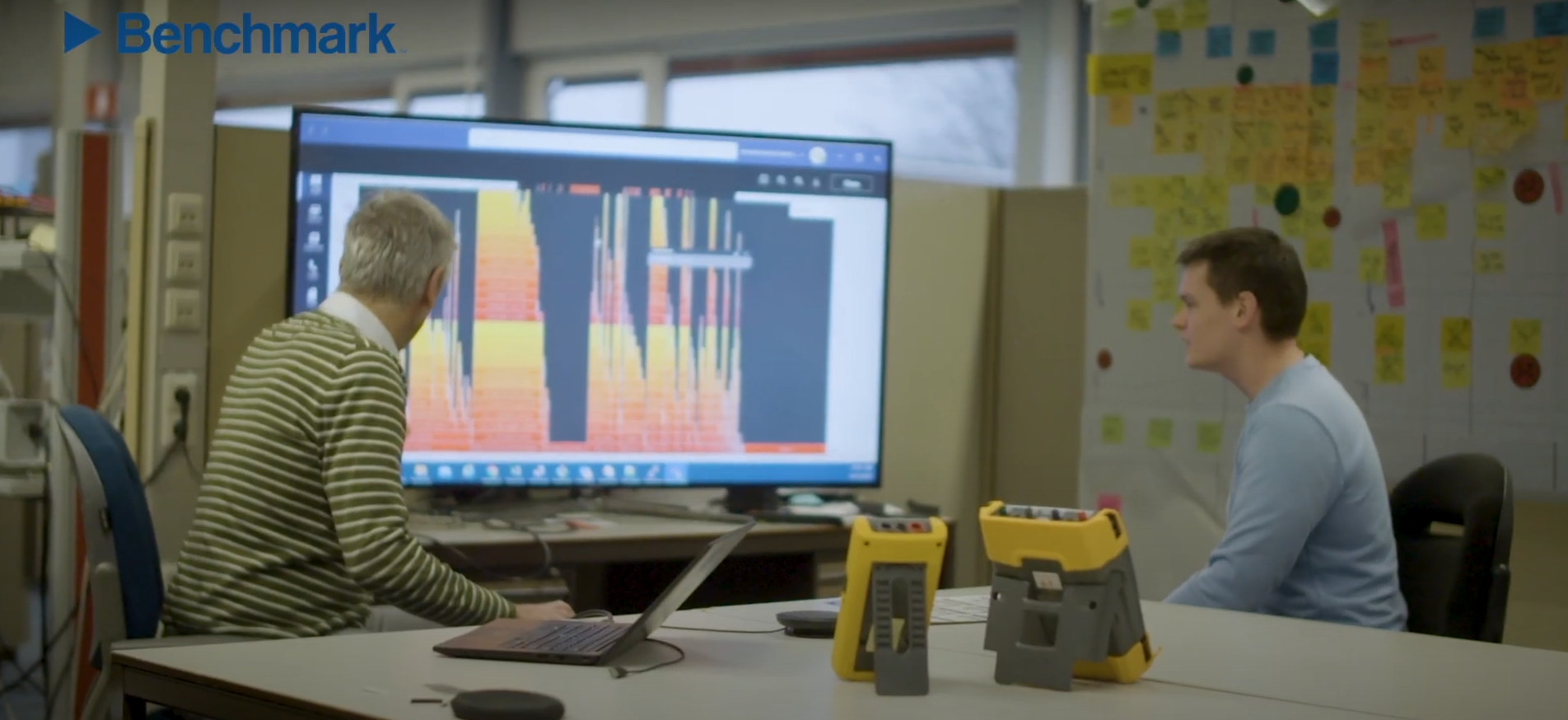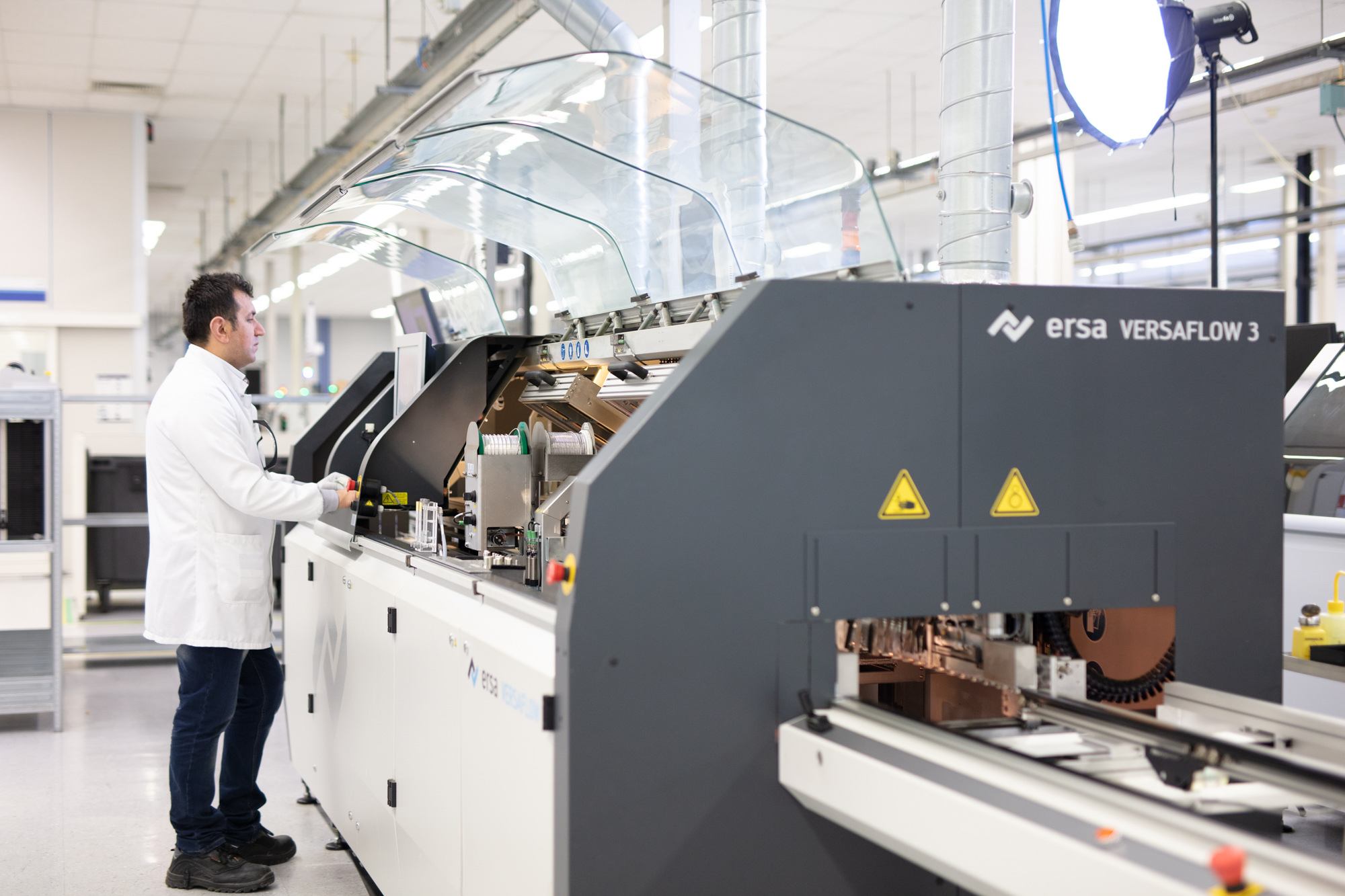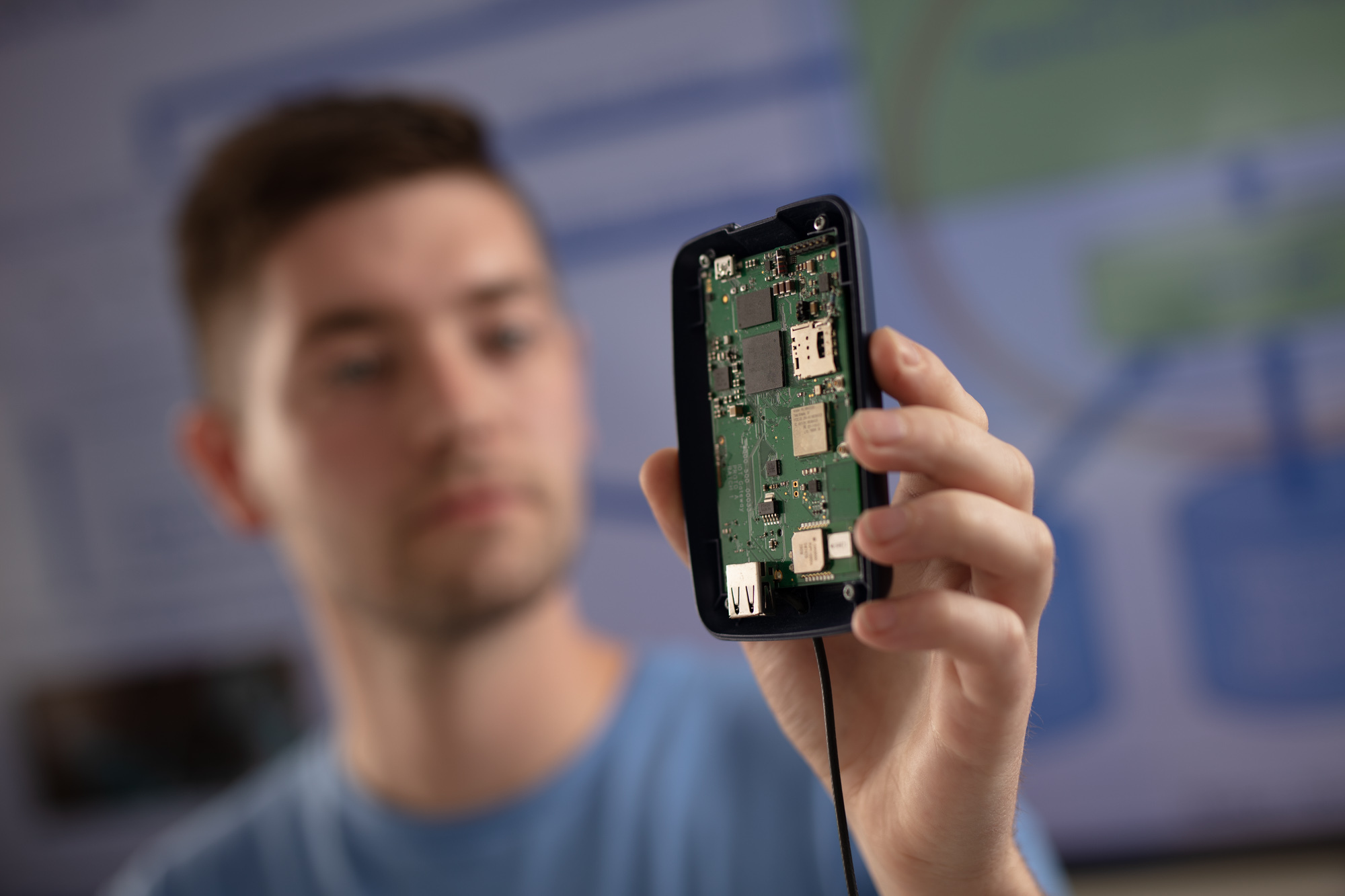Working as an Engineer at Benchmark
After a tremendous amount of effort and countless nights of sleep studying you have finally achieved your goal. Three or five years (or six, eight, maybe ten..?) of hard work have finally paid off. You have mastered the concepts of electrical engineering and you are ready to put all those skills and knowledge into action!

Just one small thing, where to start?
The field of electrical engineering is big, very big and it still grows bigger day by day. Do you get excited about avionics and of the complexity and the requirements that go with it? Or do you want to contribute to our healthcare system by putting your talents to work in developing the technology used in hospitals of the future? Or are you perhaps more into developing power supplies, or developing RF circuits? The one thing they did not teach you during your education, is how to choose between all these great appliances. But do you actually have to choose?
With our main Dutch facility located in Almelo, Benchmark offers a great opportunity to start your career in electronics! At Benchmark we develop high tech products for various other companies. Product that our clients do not have the resources, knowledge or skills for to do it themselves. This results in a vast mixture of projects that you can work on. Our services are currently mostly used for avionics, medical and industrial products.
In these fields we offer services from start to finish for the development of any electronic product. The development is split in 7 steps:
- Concept;
- Design;
- Prototype;
- Design verification;
- Pre-production;
- Qualification;
- Production.
It depends per customer which of these steps we are involved in. For some projects we only are hired as consults for our technical expertise during the concept phase. For others we are solely the manufacturer and just do the volume production of the products that actually hit the market. On our site in Almelo we do production of volumes up to about a thousand per year. For higher volumes we usually move the production to our larger manufacturing site in Romania.
In Almelo, Benchmark currently has about 100 engineers with either a university degree or a degree from the University of Applied Sciences. These engineers can have various backgrounds, being embedded software, electrical engineering, mechanical engineering or industrial engineering. They together form small teams that take on projects which each range between a few months up to two years.

So what will I actually do at Benchmark?
During your first project you will likely be assigned to a new design engineering project. Together with a team of three up to ten fellow engineers, you will have to come up with a product design that full-fills all requirements from the customer in the best way possible. In this case, the best can be either the quickest time to market, the best performance specifications or the most cost efficient solution or a combination of these. For design engineering, most of the work focuses on steps 1 through 4 of the list above.
Requirements
During the initial start of the project, you will review the set of requirements from the customer. A member of each discipline will then provide feedback and questions to the customer. By altering or relieving some requirements, the ultimate goal (speed, performance, cost) may be achieved better than the initial proposal from the customer.
Concept Design
When there is an agreement on the requirements the actual design work begin. In the multidisciplinary teams you will try to find the best overall solution to comply with the requirements. This usually involves discussions whether to implement certain functionalities in software, in dedicated electronic circuits, or even mechanically.
Detailed design
During the detailed design phase the proposed design of the concept design is further developed. The selected components are drawn into the schematic and power supplies, ESD suppression and signal buffers are added to the design. The main CAD software we use for schematic drawing are Orcad and Pads. But at the request of the customers we also often use Altium or Expedition. For digital logic and software, the development of C code or VHDL also starts in the design phase.
The customer is kept up to date with weekly or biweekly meetings. Any issues that may arise are discussed and a decision is made on the way forward. This could be about as little as a component that has a very long lead time (or it may not be available at all) or as big as a rethink of the entire system design because of changed or additional requirements.
Design Review
When the design is complete, the project team will perform a design review. Checks will be performed on whether the right connectors are used, whether the mechanical drawings do not violate any spatial constraints and also if the electronic schematic does not contain errors.
Layout
For smaller projects sometimes the designer that has also drawn the schematic also does the layout, but for most projects this job is performed by our dedicated board layout team. Using a document called ‘Preliminary layout instructions’ a component placement is made and also that is reviewed once more. It is checked whether certain parts of the system will not interfere with another, the power and ground planes are correct and much more. Finally, the traces will be created connecting everything together and after a final review, the PCB is ready for production.
Prototype
For each project five up to ten prototypes are created on which we can do our measurements. The manufacturing of the bare PCBs is done externally, but the assembly of the boards is done in-house. In Almelo we have 3 dedicated production lines that handle pick and placement, soldering masks, re-flow, etc.
Design validation
To guarantee that the product meets the requirements, a set of tests are performed using various testing equipment. Using signal generators, scopes, logic analyzers and other equipment, the electronic behavior is checked. Also environmental and mechanical tests are performed. For some products this even includes setting them on fire or testing the exposure to acidic liquids. Yes, this truly means pouring a can of Cola over electronics!
Finally, when all validation tests are passed, the design is finished and the designers can move on to their next challenge!

Interested?
Are you interested in knowing more about Benchmark, or are you excited to join us this instant? Visit our website www.werkenbijbenchmark.nl, ask your questions via e-mail to almelo.recruitment@bench.com and reach out to us or apply for a job straight away!
